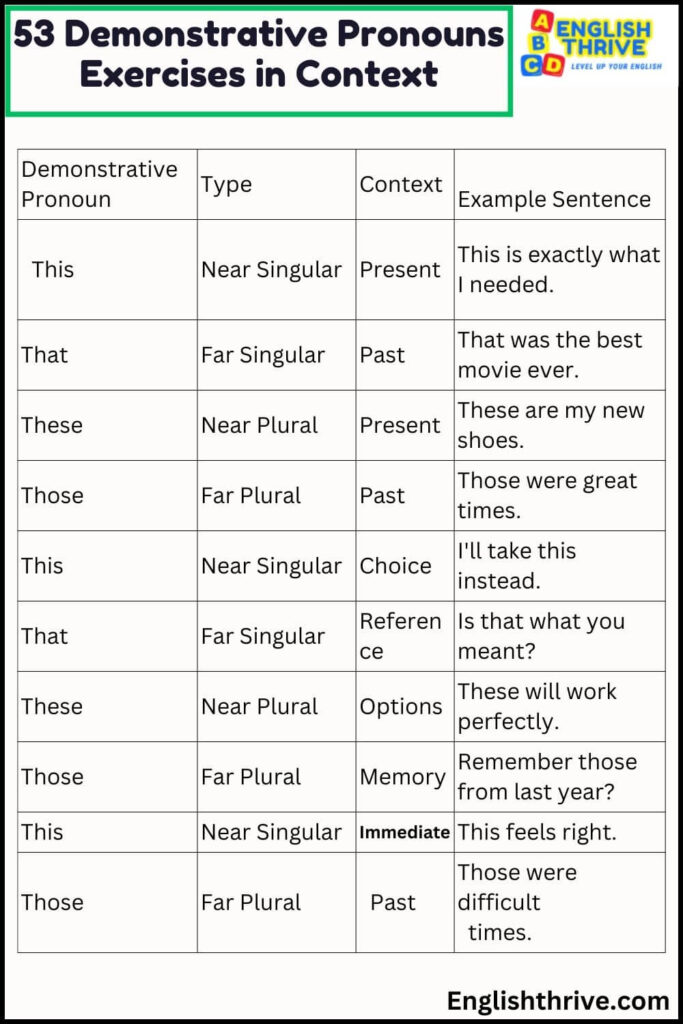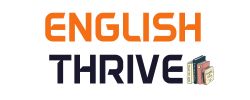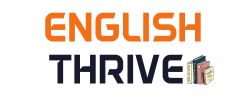Ever pointed at something and said “I want that one” or “This is perfect”? You’ve just used demonstrative pronouns! Let’s dive into demonstrative pronouns exercises that will help you master these pointing words. With 53 practical examples and clear rules, you’ll learn to use this, that, these, and those like a pro.
Contents
ToggleUnderstanding Demonstrative Pronouns
Demonstrative pronouns are words we use to point to specific things. Think of them as verbal pointing fingers. They help us show which person, place, thing, or idea we’re talking about based on their distance from us (both in space and time).
The Four Demonstrative Pronouns
- This (singular, near)
- That (singular, far)
- These (plural, near)
- Those (plural, far)
Basic Rules for Using Demonstrative Pronouns
- Distance Rule
- Use this/these for things that are close
- Use that/those for things that are far away
- Number Rule
- Use this/that for singular items
- Use these/those for plural items
- Time Reference
- Use this for present or upcoming time
- Use that for past time
Demonstrative Pronouns vs. Demonstrative Adjectives
Remember:
- Demonstrative pronouns stand alone
- Demonstrative adjectives come before nouns
Example:
- Pronoun: “This is my favorite.”
- Adjective: “This book is my favorite.”
53 Demonstrative Pronouns Exercises
| Demonstrative Pronoun | Type | Context | Example Sentence |
|---|---|---|---|
| This | Near Singular | Present | This is exactly what I needed. |
| That | Far Singular | Past | That was the best movie ever. |
| These | Near Plural | Present | These are my new shoes. |
| Those | Far Plural | Past | Those were great times. |
| This | Near Singular | Choice | I’ll take this instead. |
| That | Far Singular | Reference | Is that what you meant? |
| These | Near Plural | Options | These will work perfectly. |
| Those | Far Plural | Memory | Remember those from last year? |
| This | Near Singular | Immediate | This feels right. |
| That | Far Singular | Distance | That looks interesting. |
| This | Near Singular | Current | This makes more sense. |
| That | Far Singular | Previous | That wasn’t my intention. |
| These | Near Plural | Available | These need cleaning. |
| Those | Far Plural | Past | Those were difficult times. |
| This | Near Singular | Present | This requires attention. |
| That | Far Singular | Referenced | That sounds familiar. |
| These | Near Plural | Current | These belong here. |
| Those | Far Plural | Previous | Those need replacing. |
| This | Near Singular | Immediate | This works better. |
| That | Far Singular | Distance | That seems correct. |
| These | Near Plural | Present | These are fresh. |
| Those | Far Plural | Past | Those were expensive. |
| This | Near Singular | Current | This feels heavy. |
| That | Far Singular | Previous | That was unexpected. |
| These | Near Plural | Available | These look nice. |
 Demonstrative Pronouns Exercises
Demonstrative Pronouns Exercises
FAQs about Demonstrative Pronouns Exercises
1. How do you identify demonstrative pronouns in a sentence?
To identify demonstrative pronouns, look for the words this, that, these, or those when they’re standing alone (not followed by a noun). For example:
- “This is my favorite.” (demonstrative pronoun)
- “This book is my favorite.” (demonstrative adjective)
The key is to check if the word is replacing a noun (pronoun) or describing one (adjective). If it’s standing alone and pointing to something, it’s a demonstrative pronoun.
2. What’s the difference between demonstrative pronouns and demonstrative adjectives?
The main distinction lies in how they’re used in sentences:
- Demonstrative pronouns stand alone and replace nouns
- Demonstrative adjectives modify nouns and appear before them
Examples:
- Pronoun: “That was amazing.” (replaces a noun)
- Adjective: “That movie was amazing.” (describes a noun)
3. How do you know when to use ‘this’ vs ‘that’?
The choice between ‘this’ and ‘that’ depends on:
- Physical distance: Use ‘this’ for things nearby, ‘that’ for things farther away
- Time: Use ‘this’ for current/future events, ‘that’ for past events
- Emotional distance: Use ‘this’ for things you feel connected to, ‘that’ for things you feel distant from
4. Can demonstrative pronouns be plural?
Yes! We use:
- ‘These’ as the plural form of ‘this’
- ‘Those’ as the plural form of ‘that’
The same rules about distance apply to the plural forms.
5. How are demonstrative pronouns used in formal writing?
In formal writing, demonstrative pronouns should:
- Have clear antecedents (what they’re referring to)
- Be used sparingly to maintain clarity
- Avoid ambiguity about what’s being referenced
- Follow standard distance and number rules
Conclusion
Mastering demonstrative pronouns exercises doesn’t have to be complicated. Remember the basic rules about distance and number, and practice using them in your daily conversations. These pointing words are essential tools for clear communication, helping you specify exactly what you’re talking about. Keep practicing with these examples, and you’ll be using demonstrative pronouns naturally in no time.

